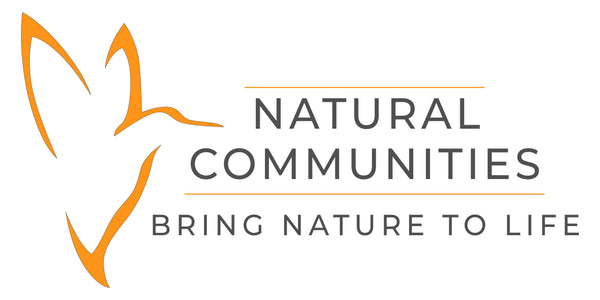Alas, it’s May! April has flown by, and it’s been a month since we last delved into the realm of Flywheel Ecology.
As you continue to curate your native garden or restoration site, it’s crucial to consider the delicate balance between maintenance practices and the judicious use of pesticides. Let’s explore how a strategic approach, rooted in Flywheel Ecology principles, can guide us through this journey.
Understanding the Landscape of Pesticide Usage
In 2017, over a billion pounds of pesticides were used annually, predominantly in agriculture. Despite their widespread application, it’s imperative to acknowledge the potential repercussions of pesticide use, particularly concerning native plant communities.
The journey towards sustainable land management often begins with conventional practices like pesticide use. However, we can combine this with other methods to reduce its usage and this is where Flywheel Ecology comes into play, advocating for a paradigm shift from the traditional approach.
Monitoring and Evaluation
Before considering herbicide use, monitor how well your plants are thriving and identify new plant species that may have been established on your site, which is integral to your site’s success.
From basic observation to sophisticated GIS tools, evaluation methods can range in complexity. Identifying areas of success and failure allows for adaptive management strategies, reinforcing the principles of Flywheel Ecology.
Herbicide with Intention
If you do find invasive and other unwanted species on your site, always keep in mind your ultimate goal. It’s essential to have a comprehensive plan in place (see our blog post Cultivating Nature's Beauty: A Guide to Planning a Native Planting on Your Site from 1/31/24).
When considering herbicides, avoid using products with “DANGER,” “WARNING,” or “CAUTION” if possible. Also avoid products with EPA, IARC, or California Proposition 65 warnings and look for herbicides with a half-life lower than 30 days.
Consider herbicide applications as opportunities to create planting spaces for native species rather than solely as a means for weed eradication. If you began with broad herbicide applications to establish site-wide planting beds, you would then gradually transition to targeted spot treatments and, ultimately, manual intervention techniques like hand wicking that could be combined with spot mowing, weeding, native seed spreading, and installing more native plant plugs.
Strategizing for Short and Long-Term Success
In the short term, native rye cover crops can serve as “sprinter species” providing quick ground cover in recently herbicide-treated areas to prevent erosion and to slow non-native and invasive plants from establishing. Integrating long-term native plant species that act as “marathon runners” ensures ecosystem resilience and stability.
Just as in medicine, employing the minimum effective dose principle is crucial in herbicide application. Selecting the most effective herbicide while minimizing environmental and human health impacts is paramount.
Strategic use and choice of herbicide combined with mechanical methods, site monitoring, and evaluation aligns with Flywheel Ecology principles, promoting native plant augmentation and ecosystem resilience.

